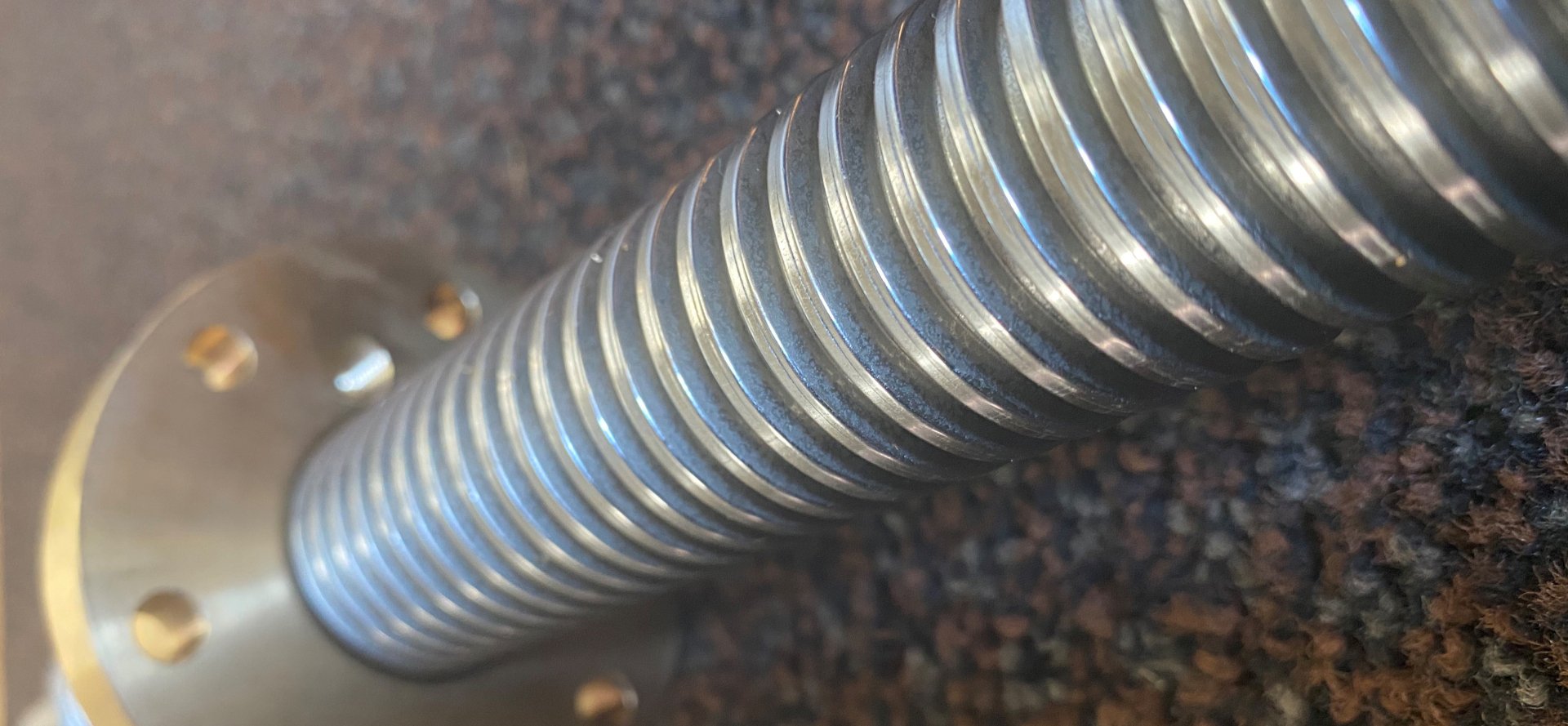The difference between acme threads and trapezoidal threads comes down to one degree. An acme thread has a 29-degree flank angle adopted in the United States while a trapezoidal thread has a 30-degree flank angle that was adopted in Europe.
Until the late 1800s, square threads were common, but they had a number of shortcomings. This led to the development of acme threads. With their 29-degree flank angle, acme threads provided a wider base that was stronger than the base on square threads. Eventually, common standards were developed for diameters and thread pitches and they were recorded in the “American way” – diameter in Imperial inches and thread count in thread-per-inch measurements.
Around the same time, a similar set of standards was being developed in Europe – the trapezoidal thread. However, these standards were based on metric units of measurement so the result was a 30-degree flank angle rather than the 29-degree thread angle that was adopted in the U.S.
Both thread forms serve the purpose of producing linear motion when rotated, usually under heavy load. Some common uses include: table lifts, clamps and vises, valve stems, jack stands and lead screws for linear actuation on CNC machinery.
Acme threads are used more widely and have become a more accepted standard, but both are good options. Deciding which to choose is usually dictated by the origin and user destination of the finished part. While the physical difference may be minimal, the thread type may be quite important to the manufacturer.
No matter which you choose, it is vitally important that your rods are dependable and high-quality. Rolled Threads Unlimited can assist you in achieving this. Contact us to find out more.

